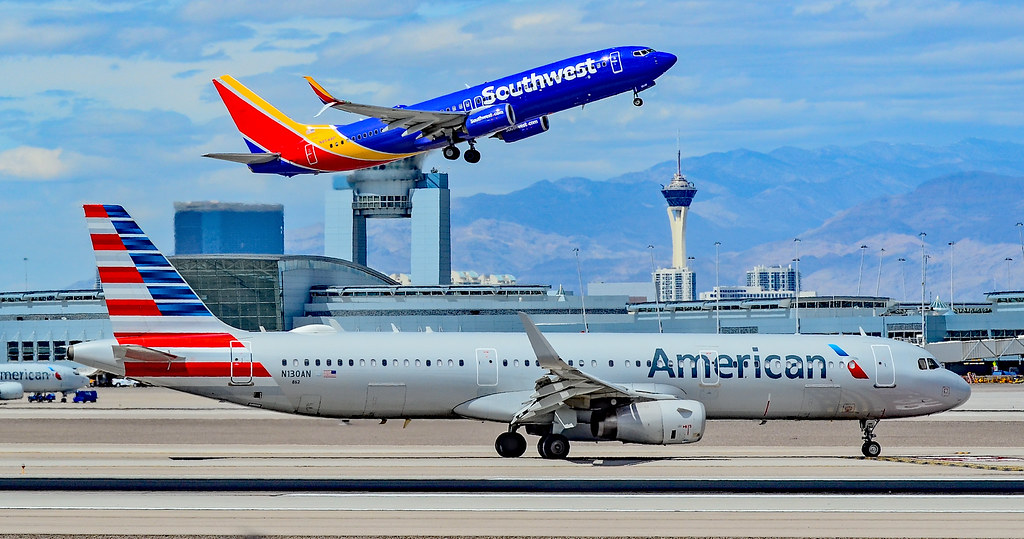Major airlines, including American, Delta, Air Canada, Hawaiian, Southwest, and Alaska Airlines, have suspended or disrupted dozens of flights to Hawaii and the US West Coast after a tsunami warning was issued on July 29, 2025. The warning followed an 8.8 magnitude earthquake off Russia’s Kamchatka Peninsula, one of the strongest recorded in modern history. This event has caused widespread travel chaos, emergency evacuations, and ongoing uncertainty for travelers and the tourism industry.
Tsunami Warning and Immediate Impact

The Pacific Tsunami Warning Center issued a full tsunami warning for Hawaii after the earthquake. All major US carriers suspended flights to and from Hawaii, with planes already in the air diverted or sent back to the mainland. Key airports affected include Honolulu (HNL), Maui (OGG), Kona (KOA), and Lihue (LIH). Some airports temporarily shut down, and all commercial vessels were ordered to leave Hawaiian ports. Harbors closed to incoming traffic, and cruise ships like Norwegian Cruise Line’s Pride of America left early, leaving some passengers and crew behind.
Airline and Emergency Responses
Airlines quickly put flexible travel policies in place. Alaska Airlines and Hawaiian Airlines advised travelers to check flight status before heading to the airport and offered waivers for affected bookings. Alaska Airlines stated, “We are monitoring a tsunami warning for the Hawaiian Islands and portions of the state of Alaska and assessing our flight operations. As a safety precaution, flights en route to Hawai’i are returning to the mainland or diverting as needed.” Call center wait times reached up to three hours as travelers scrambled for help.
Sirens sounded across Hawaii, with emergency officials ordering evacuations from all beaches and low-lying areas. Hotels were evacuated, public transit stopped, and Oprah Winfrey opened her private road on Maui to help with inland evacuations. As of Tuesday evening, Hawaiian Airlines began resuming some operations as airports reopened, but delays and disruptions are expected to continue for several days.
West Coast and Broader Impacts
Tsunami advisories were also issued for the US West Coast, including California, Oregon, Washington, and Alaska. Some flights to and from major West Coast airports like San Francisco (SFO), Los Angeles (LAX), and Seattle (SEA) were delayed or canceled as a precaution. Thousands of travelers have been stranded or unable to reach their destinations, with many forced to seek shelter after checking out of hotels.
Practical Guidance for Travelers
- Check flight status directly with your airline before going to the airport.
- Use flexible waivers for changes or cancellations, available on airline websites.
- Follow local authority instructions: Evacuate low-lying areas, move to higher ground, and monitor updates from the Pacific Tsunami Warning Center and local emergency services.
- Stay informed: Visit tsunami.gov for official updates.
Looking Ahead
According to analysis by VisaVerge.com, ongoing disruptions are likely for several days as airlines and authorities assess the situation. This event may lead to reviews of emergency protocols for air and sea travel to Hawaii and other Pacific regions. Travelers should continue to monitor official channels for the latest information as the situation develops.
Learn Today
Tsunami Warning → An alert issued to warn of possible dangerous sea waves after seismic activity like earthquakes.
Magnitude 8.8 → A measurement of earthquake strength indicating extreme energy release and potential for large-scale damage.
Pacific Tsunami Warning Center → U.S. agency monitoring seismic threats and issuing tsunami alerts for Pacific Ocean regions.
Flight Diversion → Redirecting an aircraft from its original destination for safety or operational reasons.
Flexible Travel Policies → Airline rules allowing changes or cancellations without penalty during emergencies or disruptions.
This Article in a Nutshell
A massive 8.8 earthquake off Russia’s coast caused tsunami warnings in Hawaii, disrupting flights and forcing evacuations. Airlines suspended routes, ports closed, and thousands of travelers face delays during this rare Pacific emergency impacting travel and safety protocols across multiple U.S. states and territories.
— By VisaVerge.com












